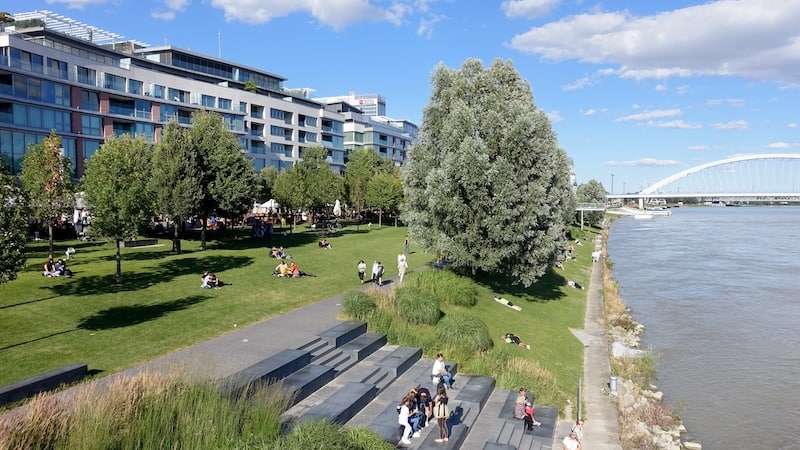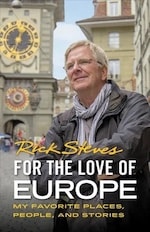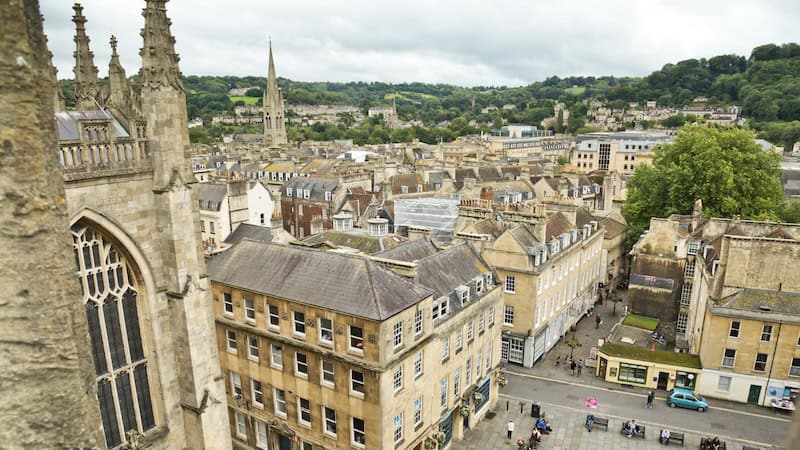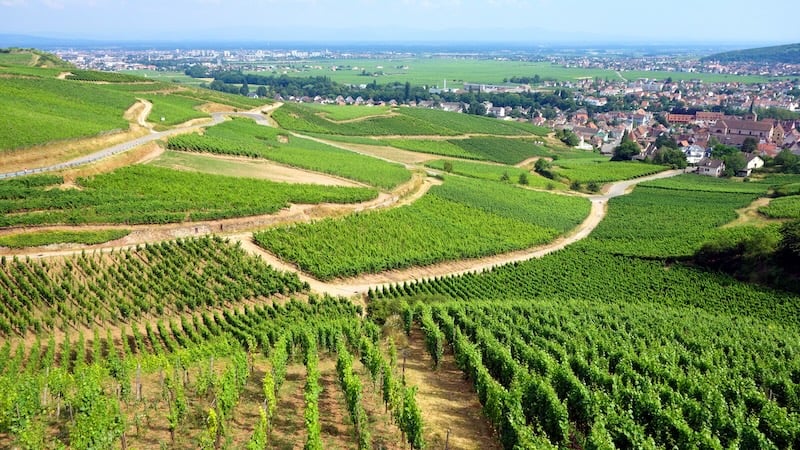Buoyant Bratislava
The comeback kid of European capitals

Bratislava, capital of Slovakia and just an hour by train from Vienna, is the comeback kid among European capitals. A generation ago, the city was virtually a ghost town. Today, Bratislava is not only thriving – bursting with colorfully restored facades, lively outdoor cafés, and swanky boutiques – but it’s also growing at an incredible pace.
World War II left Bratislava a damaged husk. Following the war, communists showed little interest in preserving the city’s heritage, razing the Jewish quarter to make way for their ultramodern New Bridge, erecting a highway that sliced through the Old Town, and even selling the city’s medieval cobbles to cute German towns, which were rebuilding after the war and trying to restore some of their elegant Old World character.
With the collapse of communism in 1989, Slovakia’s new government began a nearly decade-long process of sorting out building rights and returning them to their original owners. By 1998, most of these property issues had been resolved, and owners were encouraged to restore their buildings. The city also did its part, replacing all the street cobbles, sprucing up public buildings, and making the Old Town traffic-free. Bratislava was reborn, and life returned with a vengeance.
The bustling centerpiece of Old World Bratislava is its main square, Hlavné Námestie. It’s lined by extremely atmospheric cafés, from Kaffee Mayer, an institution here since 1873, to Café Mondieu, housed in an Art Nouveau bank building and known for its 1904 Klimt-style mosaics. During the holidays, a Christmas market blankets the square.
The buildings that surround the square date from different architectural periods. When these buildings were restored, great pains were taken to achieve authenticity, each one matching the color most likely used when it was originally built. The impressive Old Town Hall, with a Gothic core and Baroque façade, stands at the top of the square. Near the bottom of its bold yellow tower, a cannonball embedded in the facade acts as a reminder of Napoleon’s impact on Bratislava. Another reminder is the cartoonish statue of a Napoleonic officer bent over one of the benches on the square. With bare feet and a hat pulled over his eyes, it’s hardly a flattering portrait.
This is just one of several whimsical statues dotting Bratislava’s Old Town. Most of these date from the late 1990s, when city leaders wanted to entice locals back into the newly prettied-up Old Town. Standing outside Kaffee Mayer, a jovial chap doffs his top hat. This is a statue of Schöner Náci, a poor carpet cleaner who, dressed in a black suit and top hat, brightened the streets of Bratislava during the communist days, offering gifts to the women he fancied. Another Bratislava fixture is the statue of Čumil “the Peeper,” popping out of a manhole with a grin plastered on his face (despite being driven over by a truck – twice).
Exploring the Old Town provides a look at where this country has been. But wandering outside the center offers a look at where it’s headed. Construction continues along the Danube riverfront, which has already been transformed into a people-friendly park. Just downstream from the Old Town is the futuristic Eurovea, resembling a computer-generated urban dreamscape come true. This development includes a riverside park, luxury condos, a modern shopping mall, and shiny office buildings.
Despite massive progress, holdovers from the city’s communist past remain. The most prominent landmark from this time is the bizarre, flying-saucer-capped SNP Bridge. Locals aren’t crazy about this structure – not only for the questionable Starship Enterprise design, but also because of the oppressive regime it represents. However, capitalists have reclaimed the bridge in part, turning the space up top into a posh eatery and observation deck called, appropriately enough, UFO.
With tens of thousands of students at several universities, Bratislava has a youthful energy and optimism. You can feel their presence, especially at night. Because there are no campuses as such, the Old Town is the place where students go to play. Some of the partying goes on in former bomb shelters, built during the tense times around the Cuban Missile Crisis. Today these make ideal venues for clubs – right in the town, but powerfully soundproof.
For me, Bratislava is one of Europe’s great urban success stories. What I once thought of as a drab, depressing place is now lively and joyful, with an inspiring energy. Bratislava has blossomed into the quintessential post-communist Central European city, showing what can happen when a government and its people work together to rebuild a city.
PHOTO CAPTION, ABOVE: Bratislava’s Eurovea is an ambitious mixed-use development along the Danube River. CREDIT: Rick Steves.
 Rick Steves (www.ricksteves.com) writes European guidebooks, hosts travel shows on public TV and radio, and organizes European tours. This column revisits some of Rick’s favorite places over the past two decades. Read more European adventures in For the Love of Europe. Other books include numerous destination-specific travel guides, including Rick Steves Portugal. You can email Rick at rick@ricksteves.com and follow his blog on Facebook.
Rick Steves (www.ricksteves.com) writes European guidebooks, hosts travel shows on public TV and radio, and organizes European tours. This column revisits some of Rick’s favorite places over the past two decades. Read more European adventures in For the Love of Europe. Other books include numerous destination-specific travel guides, including Rick Steves Portugal. You can email Rick at rick@ricksteves.com and follow his blog on Facebook.
Explore more of Rick Steves’ Europe in Boomer
©2024 RICK STEVES



